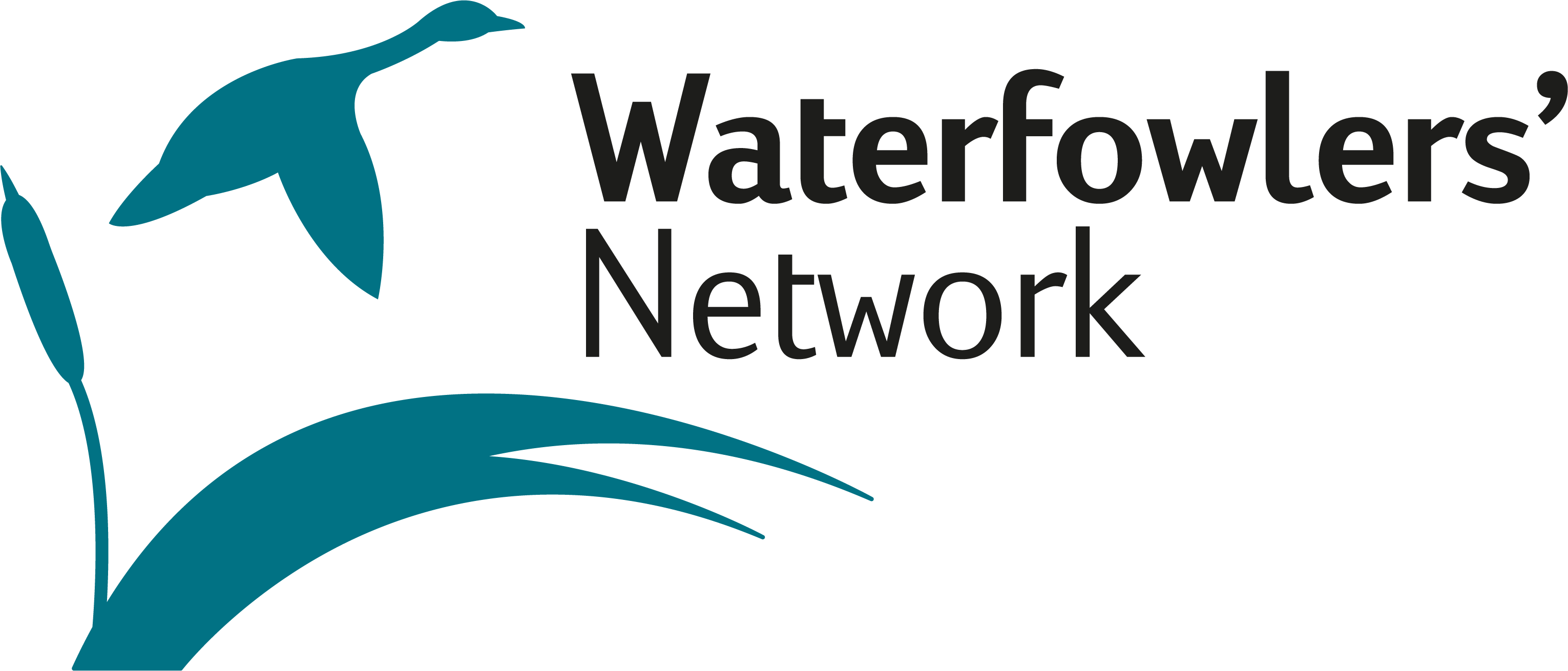Duck Nest Monitoring Project
Waterfowlers' Network has set up an international citizen science project to monitor the effect of artificial duck nest structures such as breeding baskets, duck tubes and nest boxes.
Providing nest structures for breeding ducks has been a long-lasting tradition in many places, for example to aid collection of Eider down or eggs for consumption. Nest structures provide both shelter and protection from predators, and in many cases ducks readily accept boxes, tubes or shelters even though they are markedly different from the species' natural choice of nest site.
Current efforts to provide duck nests focus on increasing breeding success to help secure the populations, and various duck species are thought to benefit from artificial nest structures. However, their effect on our breeding duck populations - not to mention the efforts to provide such nests - have rarely been documented.
Waterfowlers' Network has launched this project in an effort to collect data on an international scale to help guide future efforts to provide shelter and protection for our breeding ducks.
The project is intended to run for at least five years.
We need your help
Waterfowlers often play an important role as waterbird and habitat managers, and the partner organizations of Waterfowlers' Network are now calling on all our members to provide data to help us evaluate the effectiveness of artificial nest structures.
So, whether you have set up duck tubes for Mallard, shelters for Common Eider or nest boxes for Goldeneye, we would very much appreciate you taking a few minutes to fill in our data recording form. The form is available in several languages and adapted to national/local conditions by each of our partner organizations.
Find the form in several languages here:
Related news
Waterfowlers’ Network Duck Nest Monitoring Project on Facebook
New duck nest monitoring project initiated
Celebrating World Wetlands Day in Finland
